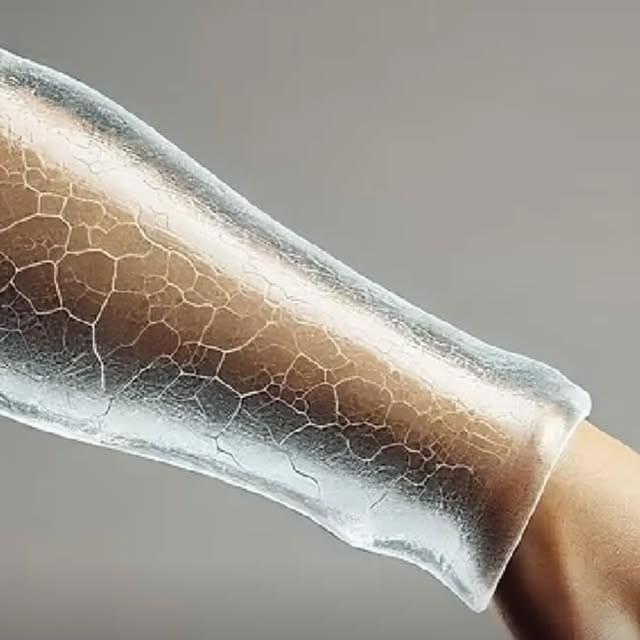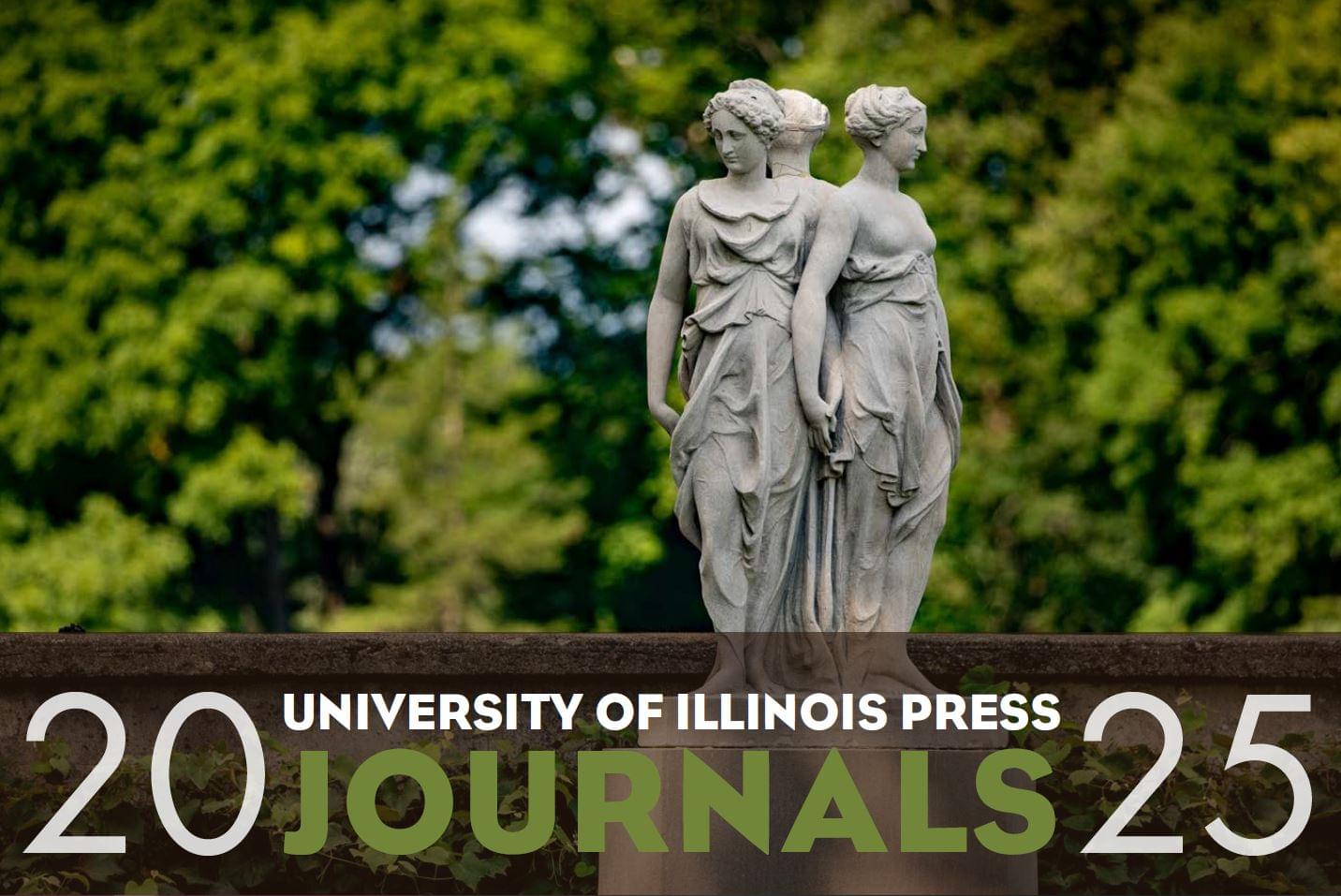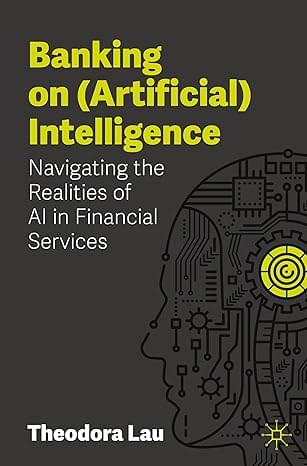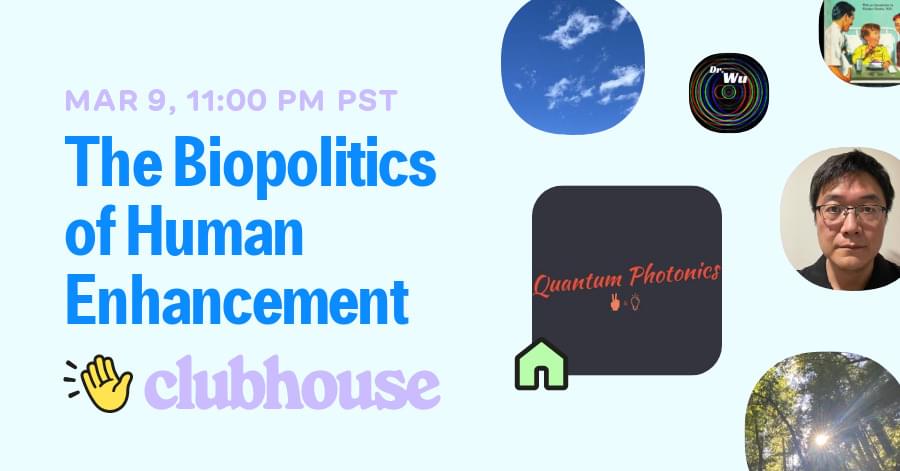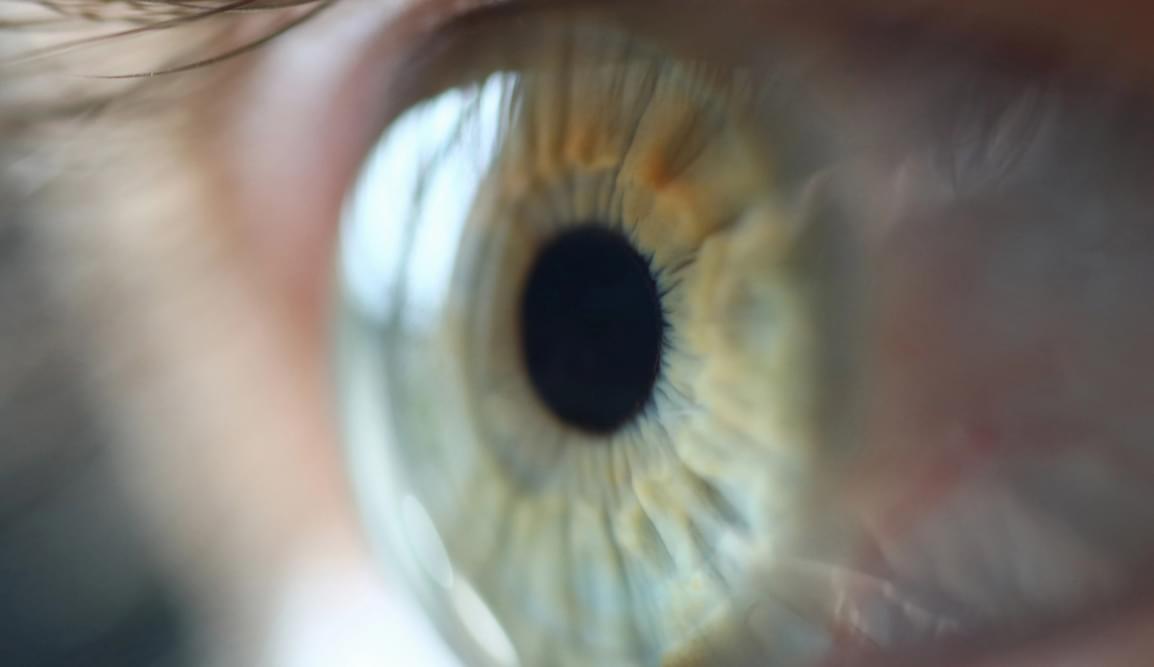Scientists Develop Hydrogel That Heals Wounds in Just 24 Hours! Researchers at UCLA have created a groundbreaking human skin-like hydrogel that repairs wounds 90% in just 12 hours and fully heals them within 24 hours! ✔This futuristic material mimics real skin, speeding up tissue regeneration like never before. While still in testing, this could revolutionize wound care, making slow healing a thing of the past. #wounds #superskin #skin #Health #healthylifestyle
Founded in 1918, the University of Illinois Press publishes works of high quality for scholars, students, and the citizens of the State of Illinois and beyond. Headquartered in Champaign, the Press is a unit of the University of Illinois System, serving campuses in Urbana-Champaign, Chicago, and Springfield. With a staff of 35, we publish 43 and about 90 new book titles each year and distribute them worldwide. We partner with scholarly societies, units of our host University, and other organizations in developing, publishing, and fulfilling significant scholarship in the humanities and social sciences. We also regularly offer publishing symposia and workshops to foster up-to-date and accurate understandings of current issues and best practices for scholarly publishing.
OpenAI and Oracle Corp. will start putting 64,000 Nvidia Corp. 200GB semiconductors into an Abilene, Texas, data center, according to a new report.
A million years into the future, what remains of humanity? AI-generated visuals bring to life a dystopian vision of Earth’s distant future—a world ruled by the Sovereign, where civilization has evolved beyond recognition. The last true humans, the Ancestrals, fight to survive in the shadows of a world no longer their own. There is no war, no peace—only the Struggle.
💡 What happens when civilization endures for eons?
💡 Can true humanity survive the relentless march of time?
💡 Watch as AI imagines a future shaped by evolution, power, and survival.
⚡ Created with cutting-edge AI-generated visuals and storytelling.
⚡ Experience a sci-fi vision like no other—where deep time reshapes everything.
🔔 Subscribe for more AI-generated sci-fi films and alternate realities!
👍 Like, share, and comment—what do YOU think of this future?
All imagery produced with generative AI tools : Midjourney, Runway Gen3, Hailuoai Minimax, Kling, and Luma Labs Ray2.
Music produced with Riffusion AI.
Happy International Women’s Day to all the women around the world!
I had a great time interviewing Theodora Lau for the (A)bsolutely (I)ncredible podcast on Thursday, ahead of International Women’s Day.
S new book on Amazon: [ https://amzn.to/4iwVogr](https://amzn.to/4iwVogr) ‘ + s Day is this Saturday, and LinkedIn News is spotlighting conversations around today LinkedIn News asked me to share a short-form video about a lesson a woman mentor or colleague taught me and post it with the hashtag #IWD25
S Theodora with her perspective on representation in Artificial Intelligence and in financial services… + m still editing the full interview I will post some more shorts like this one from the interview today for International Women Join the conversation by sharing a short-form video about a lesson a woman mentor or colleague taught you that still shapes your career today using the hashtag #IWD25 to show your support for billions of women around the world.
D like to promote your (A)bsolutely (I)ncredible executive, brand, or product in an interview on the Neural News Network reach out to me directly.
There is no lack of hype around artificial intelligence. We have only begun to scratch the surface of what this powerful technology can do. While tech and financial services become more intertwined, cutting through the noise has become more difficult but also more crucial.
Virtual reality could get more realistic thanks to scientists inventing an artificial tongue that can taste flavours, such as sourness and umami.
By Alex Wilkins
One company believes the possibilities go beyond vegan “meat,” from faux leather to luxury skin-care products. But is there enough demand outside of food alternatives?
Eye injuries that damage the cornea are usually irreversible and cause blindness. But a new clinical trial has repaired this damage in patients thanks to a transplant of stem cells from their healthy eyes.
The cornea is the outer layer of the eye, which focuses light towards the retina. Since it’s on the frontline of potential hazards from the outside world, the cornea features a population of limbal epithelial stem cells, which repair minor damage to keep the surface smooth and functional.
Unfortunately, injuries like thermal or chemical burns can damage the cornea beyond the capability of these resident stem cells. There’s not much else that can be done – even a cornea transplant won’t take hold if the damage is too severe.
For our Medical Nanobots, in 5 to 10 years, once they are ready to go and wipe out all diseases.
Some bacteria deploy tiny spearguns to retaliate against rival attacks. Researchers at the University of Basel mimicked attacks by poking bacteria with an ultra-sharp tip. Using this approach, they have uncovered that bacteria assemble their nanoweapons in response to cell envelope damage and rapidly strike back with high precision.
